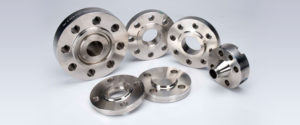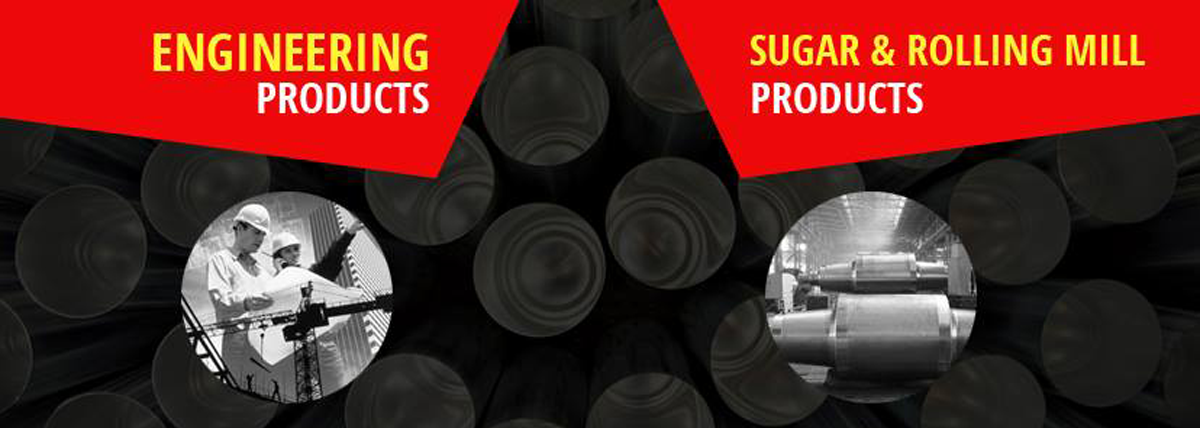
Steel is an alloy comprising of iron and carbon with the carbon content varying based on the grade of steel. Sometimes other alloying elements such as chromium, tungsten and manganese are also used along with iron. The percentage of their content determines the ductility, hardness and tensile strength of the final product. This material goes into an exceptionally huge number of applications in varied industrial sectors like transport, construction, medicine etc.
There are three categories of steel such as carbon steel, alloy steel, stainless steel with carbon steel accounting for a major percentage of global steel production. Carbon steel is hampered with few drawbacks like low resistance to corrosion, oxidation, impact and limitations in hardening etc. In order to surmount these problems, alloy steel and stainless steel came into existence.
The major differentiating factor between carbon steel and stainless steel is the percentage of chromium content. Carbon steel has negligible amounts of chromium while the percentage contained in stainless steel ranges between 10-26%. Additionally, around 7-9% of nickel too may be contained in stainless steel and this helps in formation of a chromium oxide layer giving the steel a lustrous and smooth finish. The layer protects the steel from rust and makes it resistant to air and water. Hardness is lent by nickel keeping its durability and ductility intact.
Carbon steel on the other hand comes in matt finish and is susceptible to rusting and is therefore not used for consumer products or aesthetic projects. Carbon steel is normally used as a base metal in manufacturing units in every industrial sector with carbon steel forged flanges being one example of a common application.
Alloy steel is formed through a combination of different alloying elements like nickel, silicon, chromium, tungsten or molybdenum in the required proportions so as to impart the desired properties to the final alloy steel product. The elements are mixed during the smelting process when the iron is heated and molten. Silicon enhances the magnetic properties, nickel enhances toughness and anti-corrosiveness, molybdenum enhances strength, lead enhances weldability while chromium enhances hardenability and anti-corrosiveness.
Carbon steel comes in the form of low, mild, medium, high and ultra-high carbon steel with the applications varying for each. Low carbon steel is normally used for constructing fences while the mild form is suited for construction of buildings and bridges. High carbon steel goes into production of wires whereas the ultra-form is suited for making pans and pots.
Stainless steel’s superior properties make it more suited to a broad range of applications like architecture and construction, transportation and automotive, medical, energy, food and catering, heavy industries etc. Alloy steel is suited for applications needing greater toughness or strength and goes into agriculture, hydraulics, railways, mining, construction etc.
Obtaining your requirements for steel products from reputed sources is the key to ensuring their longevity. Some of the players in this field include the likes of h beam suppliers; stainless steel seamless pipes suppliers, alloy steel round bars suppliers and many more. Ensure that the dealers and suppliers are well established and you can be sure that all of their products will be of top quality.

